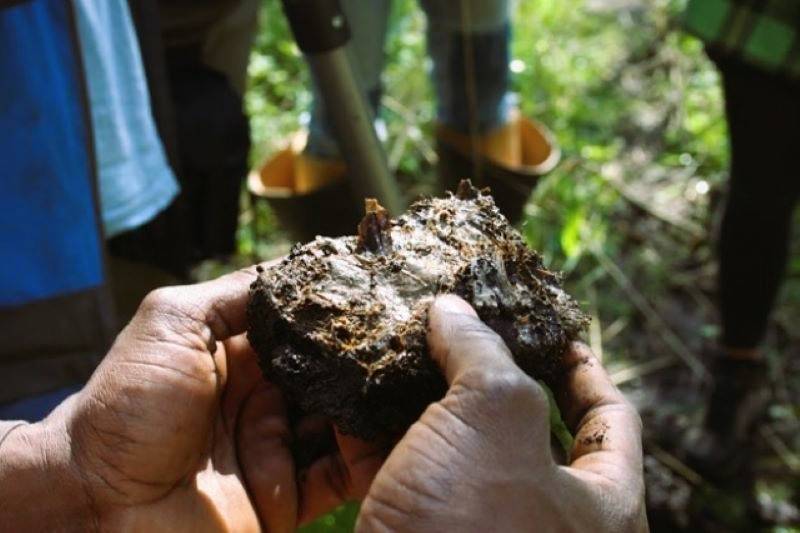
A recent study by researchers at Northwestern University shed light on the critical factors determining whether carbon molecules from plants stay trapped in the soil or contribute to atmospheric CO2 levels, in an effort to understand the complex processes governing soil carbon sequestration. This groundbreaking research, soon to be published in the Proceedings of the National Academy of Sciences, offers crucial insights into soil chemistry dynamics that could potentially aid in devising soil-based strategies to mitigate human-induced climate change.
Understanding Soil Carbon Dynamics
Soil, harboring approximately 2,500 billion tons of sequestered carbon, stands as one of the Earth's most significant carbon sinks, rivaled only by the ocean. Yet, despite its ubiquity, the mechanisms by which soil retains carbon remain a subject of ongoing exploration. Northwestern University scientists focused their attention on smectite clay, renowned for its capacity to sequester carbon in natural soils, to unravel the intricacies of carbon-soil interactions.
Electrostatic Forces and Structural Features: Key Determinants
Through a combination of meticulous laboratory experiments and advanced molecular modeling techniques, the researchers delved into the interplay between organic carbon biomolecules and smectite clay minerals. Electrostatic charges emerged as a prominent factor influencing the binding of biomolecules to clay surfaces. Biomolecules possessing positively charged components, such as lysine, histidine, and threonine, exhibited robust binding to the negatively charged clay minerals.
However, the researchers uncovered that electrostatic interactions alone did not dictate the binding affinity. Structural features of biomolecules played a crucial role in facilitating effective bonding with the clay surfaces. Notably, biomolecules with flexible structures, like lysine, could strategically position themselves to maximize their interaction with clay minerals.
Role of Metal Nutrients: Bridging the Gap
Surprisingly, the presence of surrounding metal nutrients, such as magnesium and calcium, was found to enhance the binding of biomolecules to clay minerals. Even biomolecules that would typically exhibit minimal affinity towards clay surfaces demonstrated increased binding in the presence of these natural metal constituents. The formation of bridges between negatively charged biomolecules and clay minerals mediated by positively charged metals underscored the complex nature of soil carbon sequestration dynamics.
Unraveling Competitive Interactions
Contrary to initial expectations, the researchers observed unexpected behaviors when different biomolecules were mixed together. While positively charged biomolecules displayed a propensity to bond with clay minerals when isolated, their interactions were inhibited in the presence of other biomolecules. This phenomenon was attributed to the higher energy of attraction between biomolecules compared to their affinity for clay surfaces, highlighting the intricate interplay between biomolecular dynamics in soil environments.
Building upon their findings, the research team aims to investigate how biomolecules interact with minerals in soils prevalent in warmer regions, including tropical climates. Additionally, they plan to explore the transport mechanisms of organic matter in rivers and other water systems, further elucidating the complexities of carbon cycling in terrestrial ecosystems.
(Source: Northwestern University)
















